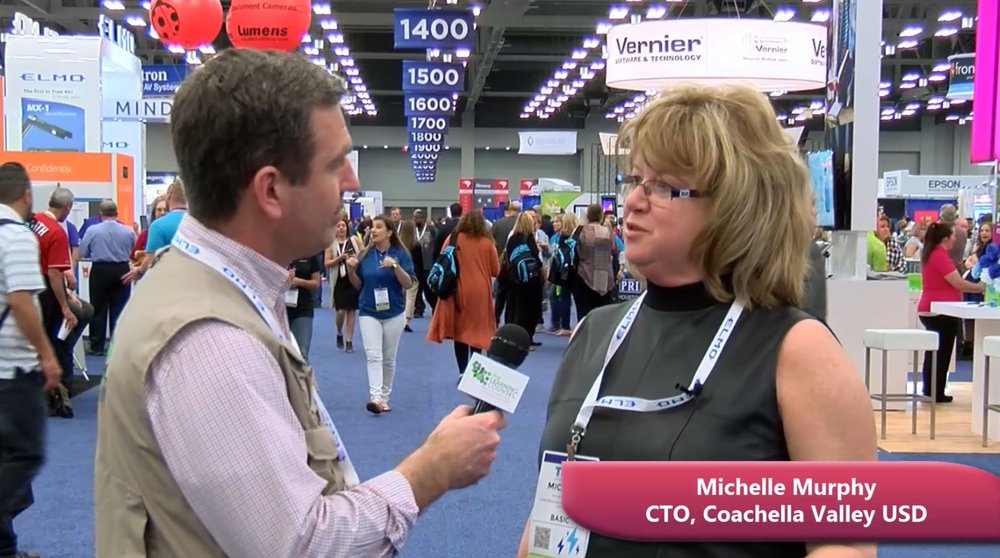Education leaders, teachers and publishers assembled in Austin in early February for TCEA 2017 to meet, coordinate and learn about new solutions and tactics to transform their classrooms and districts. The Hot topics to be discussed included: How to perfect teacher professional development to translate the digital shift to students? Should our district go with Chromebooks or iPads, or BYOD or a mix? What are successful strategies for implementing Making and do we transform libraries into maker spaces? What are the best tools and partners for computer science and coding implementation—from high school all the way down to middle school levels?
To take you there, and possibly share a few laughs, we’ve created this video to summarize.
Responses to the “what’s hot?” question were diverse, but a few items stood out and were repeated by leaders on the education side and the publisher side:
- Coding and Computer Science
- Making
- Single Sign On Solutions
A less tangible but always hot issue was student engagement. Dr. Greg Gibson, Superintendent from Schertz-Cibolo-Universal City Independent School District shared his personal experience and thoughts about what technology is doing for students. “I wish these technology tools existed when I was growing up,” stated Dr. Gibson. “As a student I was bored and I was disengaged. But what these teachers and leaders here at TCEA are sharing, are ways and means to keep learning active and help kids be authentically engaged rather than ritualistically engaged. The people here understand the potential of students if you give them what they need.”
The Co-Founder of Nearpod, Mr. Emiliano Abramzon echoed Dr. Gibson’s views, “We’re seeing the confirmation of a trend that started a few years ago with 1:1 deployments and Wi-Fi implementation in the classroom—there is a lot more engagement and participation from students.”
Related Video: Is Your School Culture Toxic?
“Texas is at the leading edge of innovation when it comes to tech and digital curriculum transition,” stated LeiLani Cauthen, CEO and Publisher at the Learning Counsel. “What we saw and heard here at TCEA are presentations on tools and solutions that are, for the most part, the things we’re discussing with schools and districts during our Digital Curriculum Sustainability Discussions around the country. We’ve found a key link—or point of help that is needed—where schools start an initiative, get these new tools and software, but then crash into the problem of strategy to be sustainable with tech into the future. That’s the exact point we’re working with districts on right now.”
Further to that point was how edtech leaders spoke of technology as becoming an invisible, integral part of teaching and learning as they execute their transition strategies. “We can always find the latest, coolest 3D printer,” stated Dr. Roland Rios, Director of Technology, Fort Sam Houston ISD. “But what we’re finally starting to see, and what we in edtech have been striving for is to make tech no longer a separate piece. I tell people, we have never had a ‘pencil initiative’ or a ‘textbook program’ it’s just there. That is what is just now beginning to happen with technology.”











